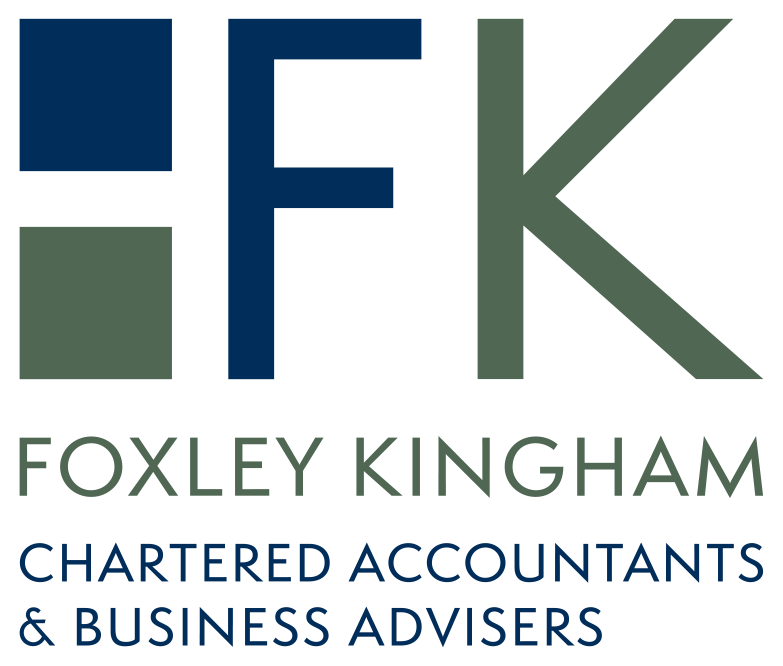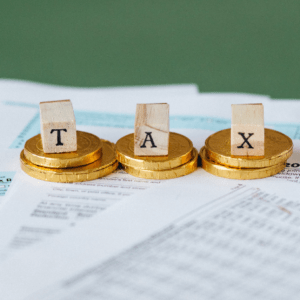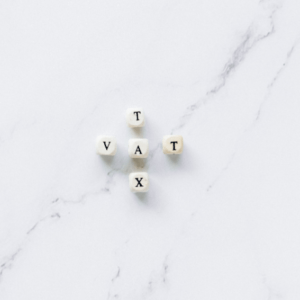The Coronavirus pandemic led Rishi Sunak’s second budget as the UK economy shrank by 10% in 2020 and Government borrowing reached record peacetime levels. It was widely acknowledged that taxes would need to rise to pay for the ongoing support, but with the pandemic stretching into 2021 and many businesses still facing restrictions and challenges, rises were perhaps softer than we originally feared. With changes announced it now at least gives businesses some much-needed certainty to plan with, in the tax landscape at least.
So, what do we now know?
COVID-19 SUPPORT
The furlough scheme has been extended until September 2021
The scheme will continue with the Government paying 80% of employees’ wages for the hours they cannot work until June, with employers contributing 10% in July and 20% in August and September. Eligibility has been extended for periods after 31 May 2021, to employees employed on 2 March 2021, as long as a payroll submission was made between 20 March 2020 and 2 March 2021.
Self Employment Income Support Scheme (SEISS) extended to a further two tranches
The fourth grant will be set at three months average trading profits capped at £7,500, and will also be open to those who started trading in 2019/20, with eligibility now based on the 2019/20 tax return. The fourth grant will be available from late April until the end of May. Followed by a fifth instalment, available from late July with the level of support determined by how much turnover has been reduced in 2020/21. Further information is available here.
With the Bounce Back loan scheme coming to an end for applications on 31 March 2021, the Government has announced a replacement loan scheme, the Recovery Loan Scheme.
The Recovery Loan Scheme will provide lenders with an 80% guarantee on eligible loans between £25,000 and £10 million. The scheme will be open to all businesses, including those who have already received loan support under one of the previous schemes.
- Restart Grants of up to £6,000 per premises for non-essential retail and up to £18,000 per premises for hospitality, gyms and personal care businesses will be provided in England to allow them safely reopen.
- Uplift to Universal Credit extended for a further six months and £500 one-off payment for Working Tax Credit claimants.
FOR BUSINESS
Businesses in the retail and hospitality sectors will welcome the extension of the rates holiday and the reduced VAT rate given the fragile situation. The reduction will also be phased back to the ordinary levels to help the transition back to normal. But whilst income tax and national insurance rates have been frozen, corporation tax will increase from 2023. The extra lead-in time is welcome, as it gives companies time to recover, and the smallest companies are protected from the rise. Whilst a corporation tax main rate of 25% may sound like a significant increase, we have become used to a historically low rate, and the increased main rate is still lower than that of a decade ago.
- Corporation tax on company profits above £250,000 to rise from 19% to 25% in April 2023 but the rate will be kept at 19% for companies with profits less than £50,000. Those with profits between £50,000 and £250,000 will be phased into the main rate through marginal relief. Thresholds will be reduced where there are group and associated companies, with a return to the previously associated company rules instead of the current 51% group company test
- The existing business rates holiday for eligible businesses in England is extended until June, followed by 66% business rates relief until 31 March 2022. This is capped at £2 million per business for properties that were forced to close on 5 January 2021, or £105,000 per business for other eligible properties
- There will be no changes to VAT rates and thresholds, but the reduced rate of 5% for hospitality is extended until September, rising to 12.5% until March 2022
- Tax losses for 2020/21 and 2021/22 can be temporarily carried back three years rather than the current one year, capped at £2 million per tax year arising
- Companies investing in qualifying new plant and machinery in 2021/22 and 2022/23 will benefit from an enhanced deduction of 130% on assets that would normally qualify for main writing down allowances and 50% for those ordinarily qualifying for special rate allowances. This is not available to unincorporated businesses
- From periods commencing on 1 April 2021 the research and development tax credit which is paid to loss-making companies will be capped at £20,000 plus three times the PAYE and nation insurance contributions for the period
- Incentives to take on apprentices will rise to £3,000 for employers who hire a new apprentice between 1 April 2021 and 30 September 2021
FOR INDIVIDUALS
Whist the headlines shout that more individuals will be drawn into higher rate tax through the freezing of income tax allowances and bands, it will be a welcome relief for many that there will be no changes to tax rates.
As anticipated the stamp duty holiday was extended, with a phasing back to previous levels which aims to avoid a cliff-edge effect on property sales.
What are the key headlines for individuals?
- No changes to rates of income tax and national insurance
- Tax-free personal allowance to be frozen at £12,570 from April 2021 to 2026
- Higher rate income tax threshold to be frozen at £50,270 from April 2021 to 2026
- Inheritance tax thresholds, pensions lifetime allowances and annual capital gains tax exemptions to be frozen at 2020/21 levels until 2025/26
- Stamp duty holiday on house purchases of less than £500,000 in England and Northern Ireland extended to 30 June, then reducing to £250,000 for July to September, and back to £125,000 from October 2021
- A new Government-backed mortgage scheme will guarantee lenders on mortgages to those with a deposit of 5% on homes worth up to £600.000
For more details and advice on COVID-19 support measures, get in touch for a free telephone consultation.









